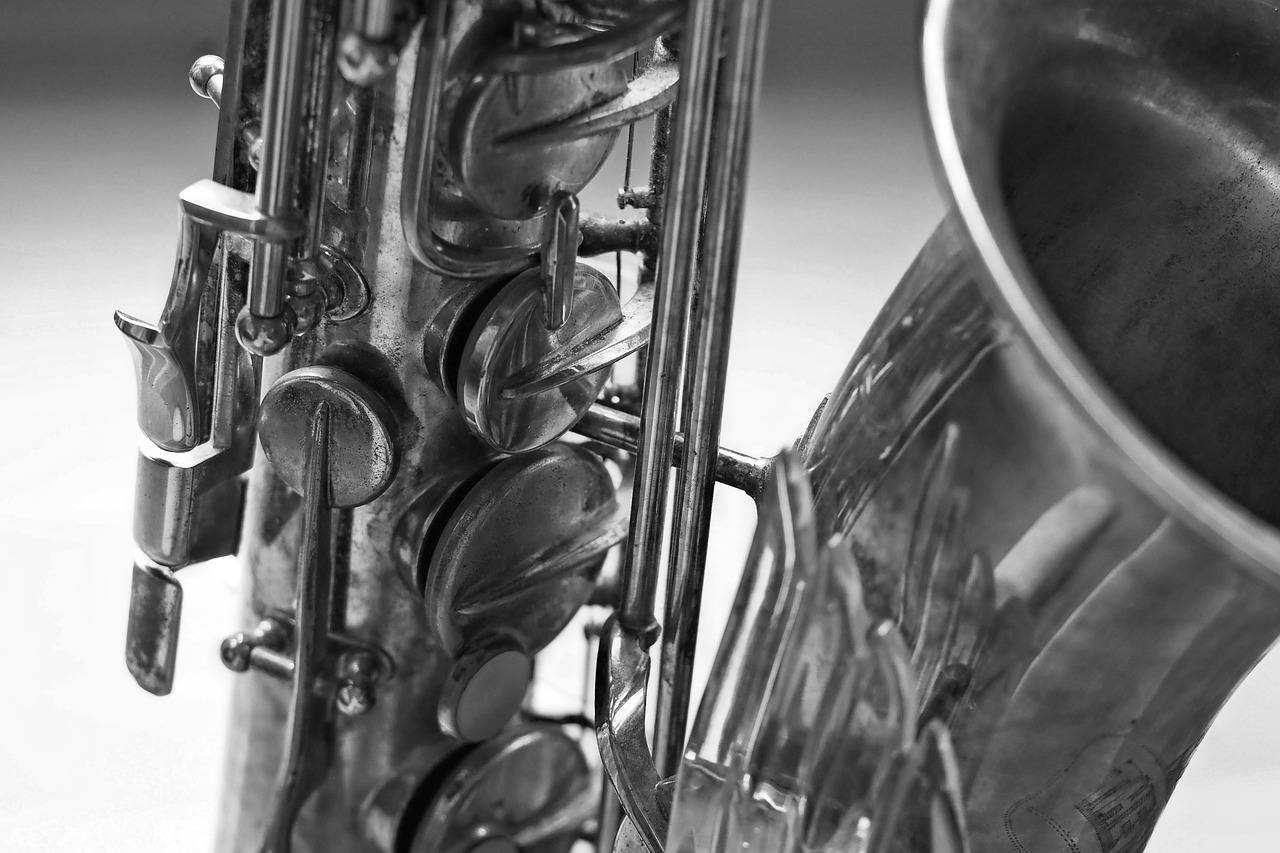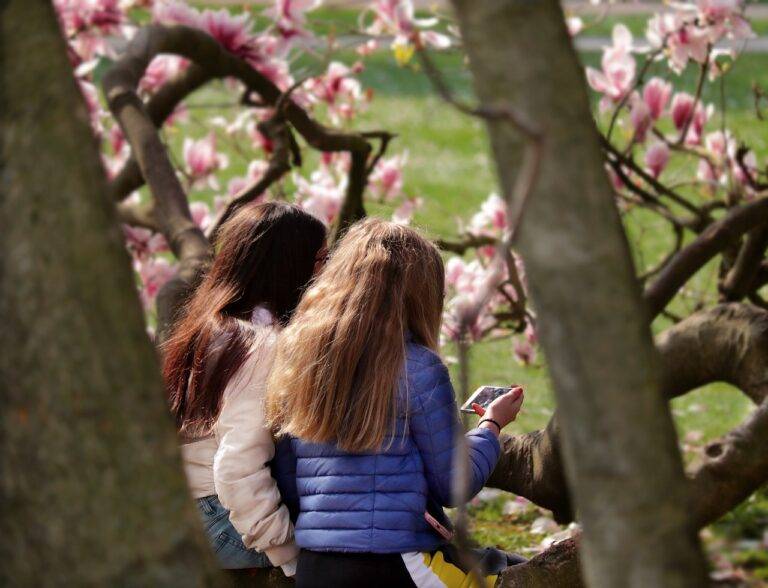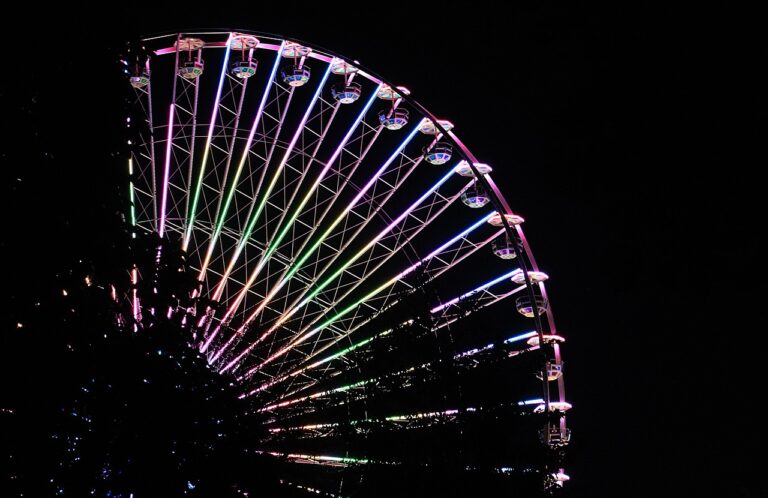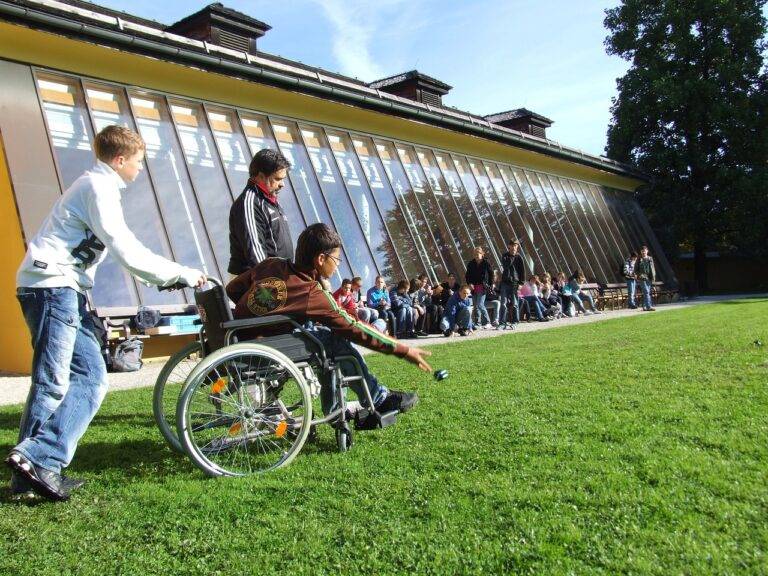The Future of Immersive Art Installations: Combining Technology and Creativity
Immersive art installations have the power to captivate audiences by merging technology and creativity seamlessly. However, this fusion presents a unique set of challenges for artists seeking to push boundaries in the art world. One major hurdle is finding the delicate balance between the use of innovative technologies and maintaining the integrity of the artistic vision. Incorporating cutting-edge technology can enhance the immersive experience, but it also runs the risk of overshadowing the core artistic message.
Another obstacle artists face is the rapid evolution of technology, which requires them to continuously adapt and stay abreast of the latest advancements. This fast-paced environment can be daunting for creatives striving to create timeless works that resonate with viewers beyond mere novelty. Navigating this landscape demands a deep understanding of both technology and artistic expression, as well as a willingness to experiment and embrace new tools and techniques. Despite these challenges, the fusion of technology and creativity in immersive art installations holds immense potential for transforming the way audiences engage with art.
How virtual reality is revolutionizing the art world
Virtual reality (VR) has undeniably made a significant impact in the art world, pushing boundaries and transforming how audiences interact with artistic creations. Artists are harnessing the power of VR to transport viewers into immersive and interactive environments, blending technology and creativity in unprecedented ways. Through VR art installations, spectators are no longer passive observers but active participants, navigating through digital realms that blur the lines between the physical and virtual worlds.
This innovative medium allows artists to experiment with new forms of expression, challenging conventional artistic practices and offering a fresh perspective on storytelling and visual communication. By leveraging VR technology, artists can create multisensory experiences that engage the audience on a deeper level, sparking emotions and provoking thoughts in ways that traditional art forms may struggle to achieve. As VR continues to evolve and become more accessible, it is reshaping the art landscape, democratizing artistic expression and inviting viewers to embark on captivating journeys of exploration and discovery.
How can virtual reality enhance the art experience?
Virtual reality can enhance the art experience by allowing viewers to immerse themselves in the artwork, providing a more interactive and engaging experience.
What are some challenges artists face when incorporating virtual reality into their work?
Some challenges artists face include technical issues, the learning curve of new technology, and the balance between technology and creativity in their immersive art installations.
How is virtual reality changing the way art is created and consumed?
Virtual reality is changing the way art is created by providing new tools and mediums for artists to explore. It is also changing the way art is consumed by offering viewers a more interactive and immersive experience.
Are there any limitations to virtual reality in the art world?
Some limitations of virtual reality in the art world include the cost of equipment and software, technical constraints, and potential barriers to access for certain audiences.
How can artists ensure their virtual reality art is accessible to a wide audience?
Artists can ensure their virtual reality art is accessible to a wide audience by providing alternative viewing options, such as online exhibitions or 2D representations of their work. They can also consider making their installations available in public spaces or galleries.





